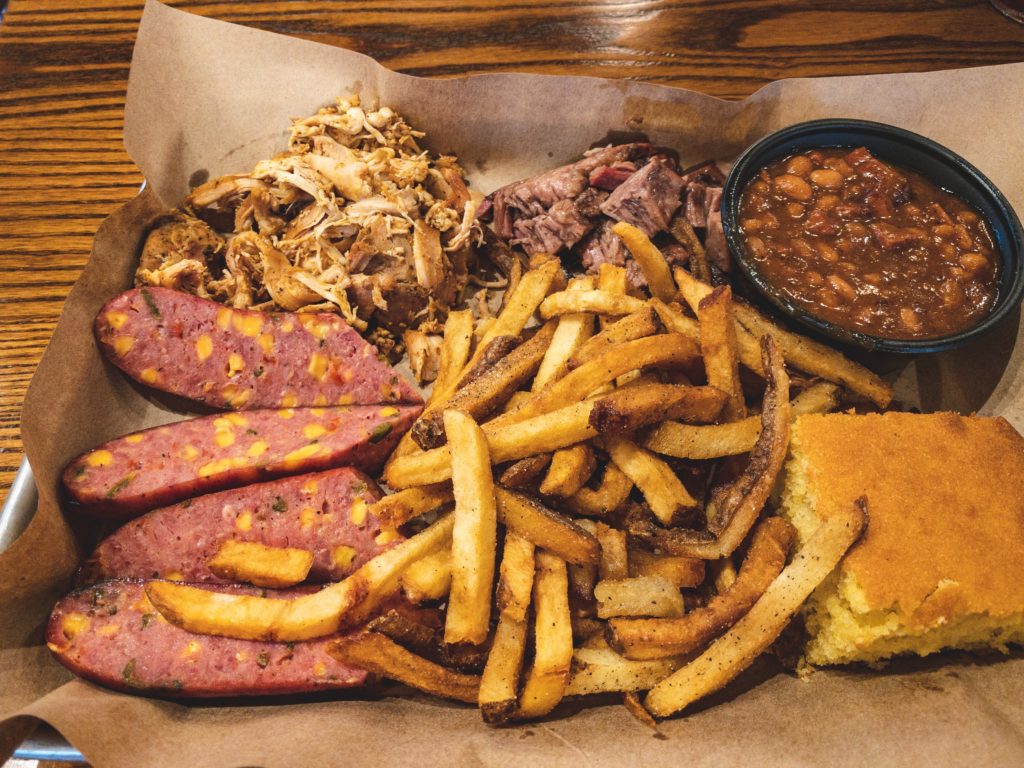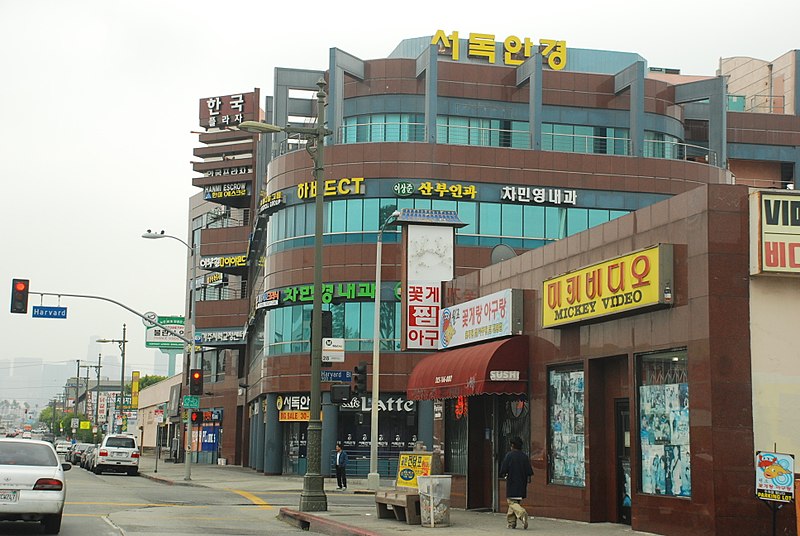[4 minute read]
The Southern region of the United States is known for its comfort food, also known as “soul” food (because it comforts your soul!). And in the state of Texas, at Thanksgiving, or really for any other big, home cooked meal, cornbread is essential.

According to the magazine Southern Living, cornbread is a side dish that originated in Native American cuisine. Corn was a staple crop for the Native Americans, and would grind it up and mix it with water to make a type of corn-based bread. This dish stayed in the region after the settlers came, where they adapted it and started incorporating more ingredients to enrich its taste and texture—thus, cornbread was born. Today, my family makes cornbread to go along with chili, beans, and especially at Thanksgiving (just in a larger batch so that there’s enough to go around for the whole family!)
Cornbread is a very simple-tasting dish. It is a little bit dry and has a very prominent corn taste that is slightly sweet, thanks to the addition of sugar to balance out the saltiness of the other ingredients. It is typically made in a cast-iron skillet and is best served warm (not hot) and with a smear of butter on top. To “spice up” your cornbread, you can even add different herbs, candied bacon, or jalapeños (for some literal spice!)
Continue reading Southern Cornbread Recipe






